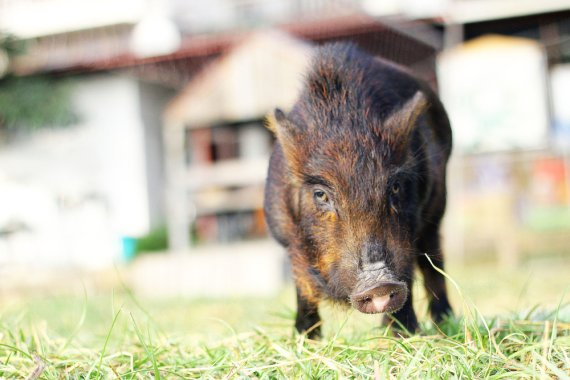© Shutterstock Boonman says current wildlife management is inflexible, static and based on control. ‘It’s numbers policies founded on assumptions about the availability of food and risk of conflicts. That leads to a desired number of animals and anything above that gets shot. But boars, wolves and bears are not objects; they are individuals with brains and the capacity to learn. You can teach wild animals where they can and can’t go.’
Boonman studied the management of wild boar in the Veluwe and black bears in the Rocky Mountains. Bears sometimes enter villages and houses in search of easy-to-obtain food. According to Boonman, you can prevent that with simple measures. ‘Make sure the waste is stored away properly, for example. Don’t plant fruit-bearing trees in the middle of your town or village. In short, think like a bear.’
Or to put it in Veluwe terms, think like a boar. ‘Wild boar like grass. You could cultivate grassland in certain areas where you want the boar to go. That would be appealing for both the boar and tourists. There is not a single universal solution. But we actually know far too little about wild boar. If we had more knowledge, we could key into their behaviour more specifically.’
Boonman says this requires a different approach first, one that is not based on culling and erecting fences. ‘We need to discuss how we can let the wild animals live. It may not always be possible to avoid culling, but that should not be the starting point for a policy.’ Boonman calls this dynamic wildlife management. ‘Adapt to what nature does, and our response to that.’
Getting along with wild animals also requires an end to Disneyfication, says Boonman. ‘Wild animals are not Disney characters. They are wildlife and we should respect that. ‘They are living, learning creatures, not cuddly objects.

